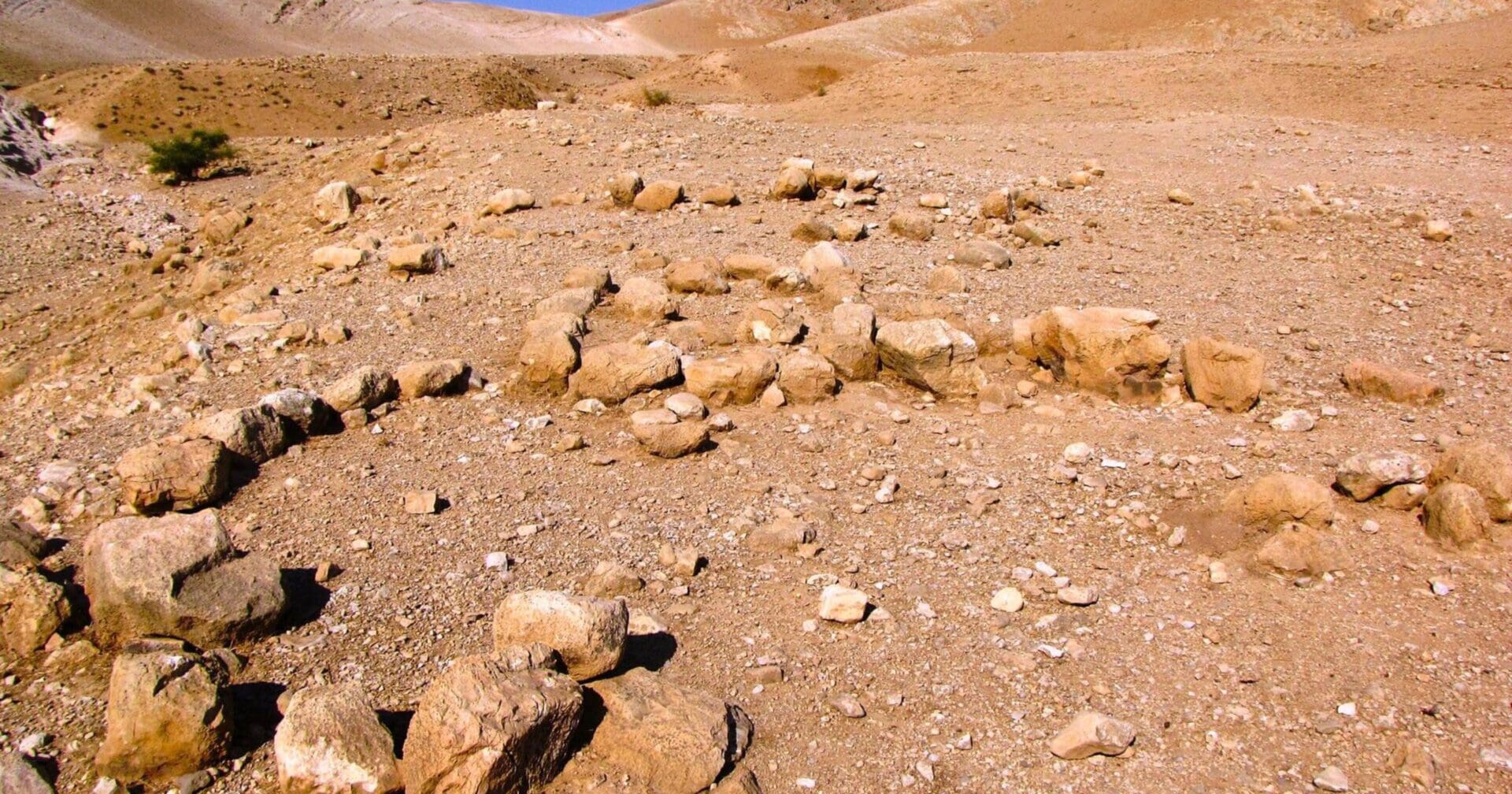The Book of Exodus tells perhaps the most iconic story found in the Bible, where Moses leads the Israelites away from slavery in Egypt. Could these recently discovered ruins near the Jordan river provide archaeological evidence for the Exodus?
The Bible tells that the Israelites crossed the Jordan river before being led to the promised land of Canaan. Scientists are now analyzing recently discovered ruins to determine if they are proof nomadic Israelites crossed into the land thousands of years ago.
David Ben-Shlomo, an archaeologist from Ariel University in Israel’s West Bank, says that more research is necessary, but if the ruins are deemed authentic they would fit the Biblical story.
“It is possible … that these camps are from the period of the early Israelites. If they are, this might fit the biblical story of the Israelites coming from east of the Jordan River, then crossing the Jordan and entering into the hill country of Israel later.”
The ruins are named Khirbet el-Mastarah, after the Hebrew root word meaning “to hide,” as the ruins are hidden in the desert miles away from any reliable water sources surrounded by hills. Researchers claim a pottery shard found at the site are from the Iron Age around the 13th century B.C., the time traditionally associated with the Israelite’s arrival.
The ruins are comprised of a number of low stone walls, a practice consistent with ancient nomadic animal herding techniques. This would explain why the pottery shard was found outside the stone walls, and why virtually nothing was found within them.
“The floors of the structures were virtually empty of finds, and thus, we could not date them by conventional archaeological methods. In Bedouin settlements, people live in tents made of perishables which are relocated every season, thus artifacts would not be associated with stone architecture. So the structures might have housed animals, rather than people, who lived in tents around them.”
Researchers say more work needs to be done, like testing soil for increased levels of phosphorus from animal droppings, estimating the age of the soil underneath the rocks, and looking for cultural clues to verify if the site is of Israelite origin. However, they are hopeful:
“Since this area is not densely populated in many periods, this might indicate a new phenomenon like nomads suddenly creating settlements, or a new population.”
Photo credit: Natritmeyer via Wikimedia Commons















